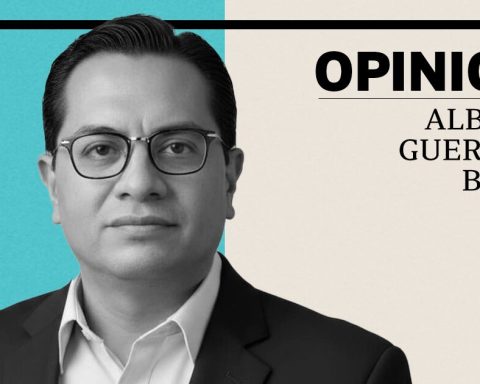The potential of modern artificial intelligence models are excellent for economic analysis, anticipation and policy analysis. Thanks to the fact that they are able to analyze large data sets and capture patterns, their use would be ideal in GDP forests or inflation forecast, the document points out Governance of the adoption of AI in the central banks.
And, in this sense, through “early alert systems”, AI could detect early signs of possible economic risks or crises. In addition to improving the decision -making of officials through the improvement of stress tests with complex simulations.
The AI will decide how much money it circulates
One more of the great uses of artificial intelligence by these entities is in the forecast, surveillance and production of cash, in addition to the distribution of tickets. And not only that, it would also help improve their security and the demand it will have in the economy.
Other uses would be the detection of anomalies, supervision of other financial entities, improvement of customer and corporate services. But none of this is risk -free, for example, they could add legal uncertainty in data compliance and governance, there are also cybersecurity risks.
But, above all, experts study authors add that there is a high reputational risk. This considering the “hallucinations” that basically have all the AI models -when they generate answers that are not based on training or reality data.
But not only that, also considering biases that are associated with the nature of the generative models of the Language of AI. This is important since the credibility and reputation of the central banks is one of their most valuable assets. Therefore, in the document he proposed some fundamental rules to ensure governance in these cases.
“Damage to negative reputation or advertising due to errors, data leaks or lack of transparency, particularly due to inappropriate control of complex models of AI (…) can lead to public scrutiny and less confidence in banks Centrals, “explains the report.













